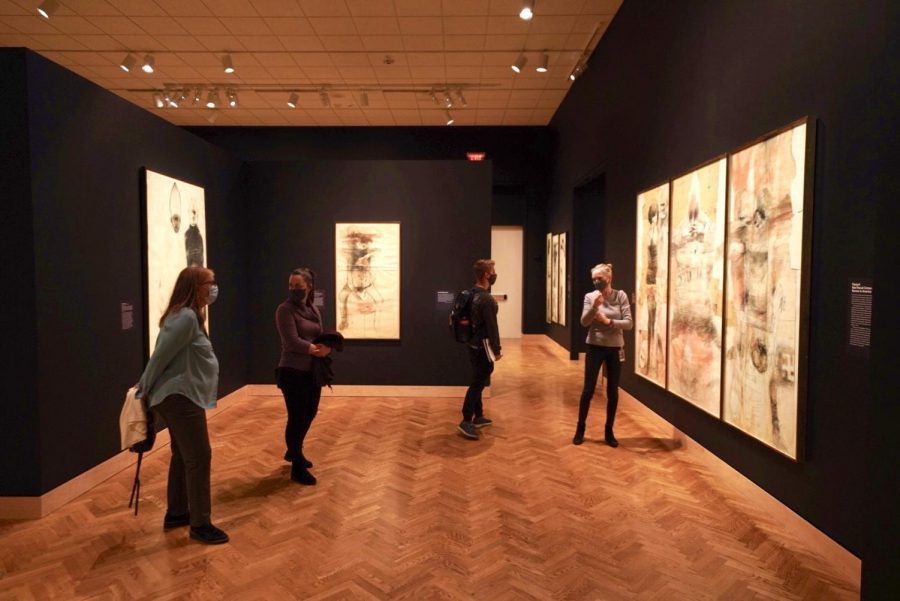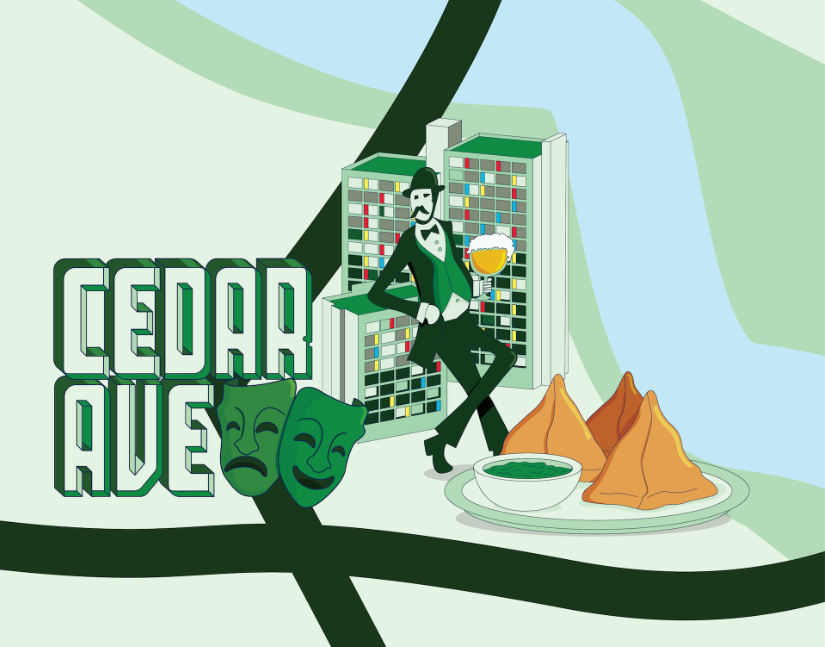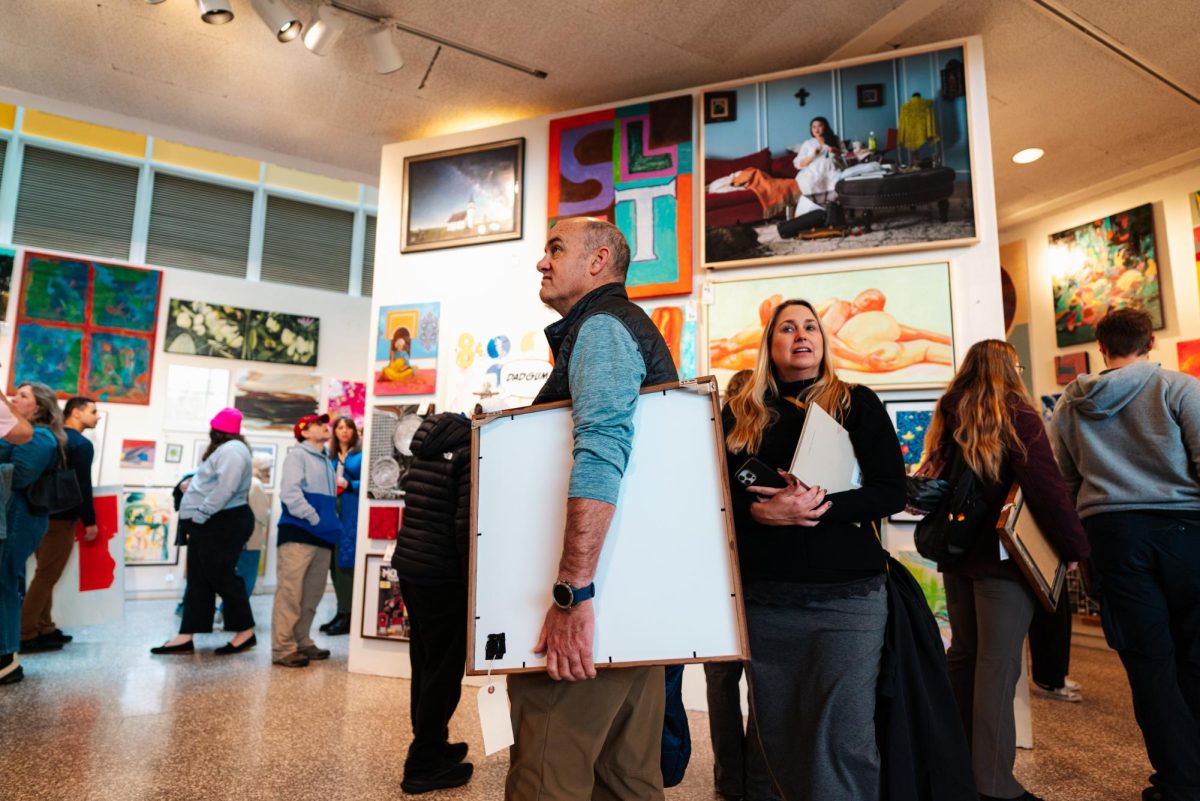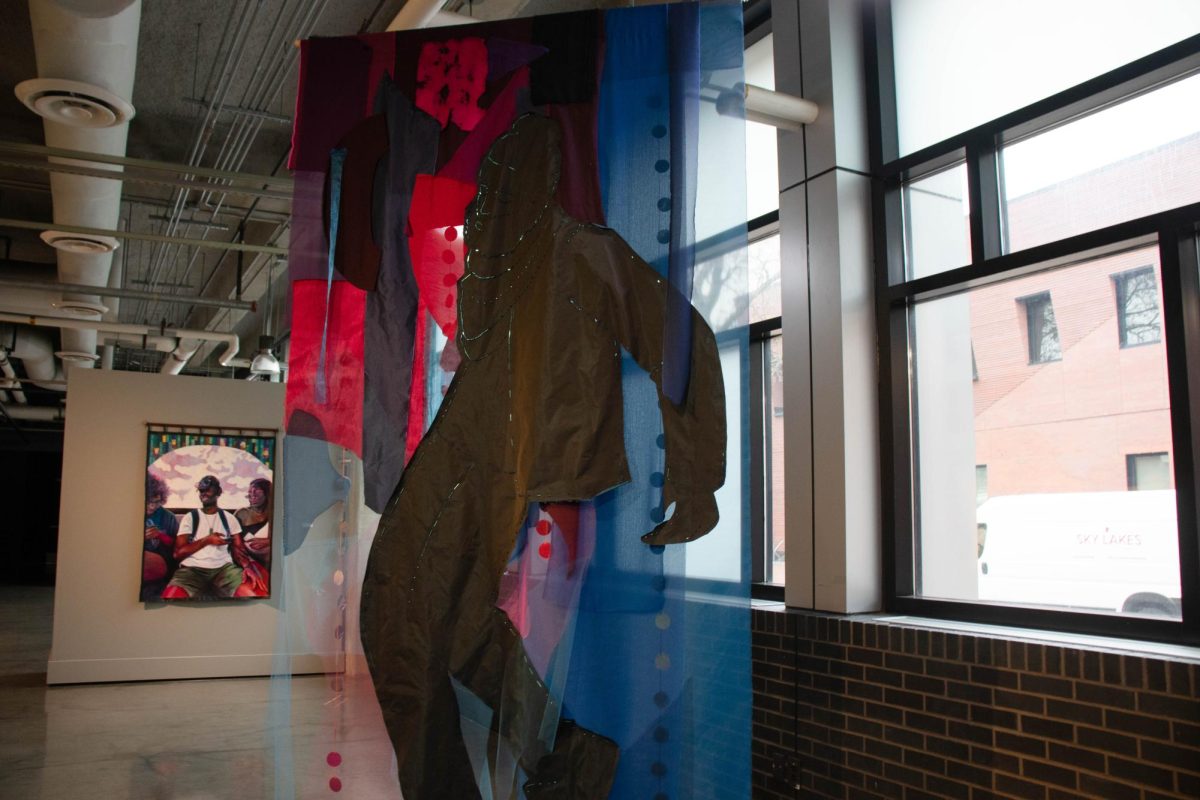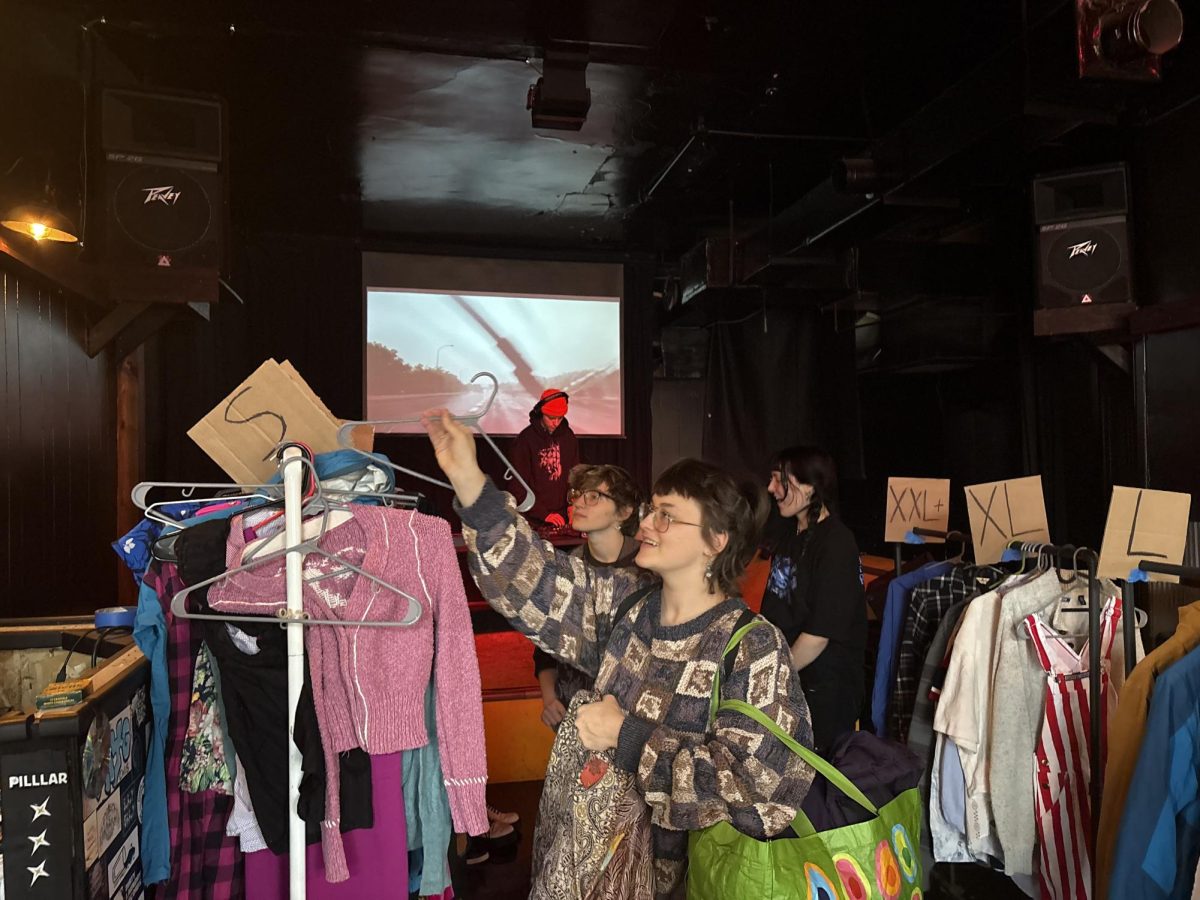Titled “Envisioning Evil,” the Minneapolis Institute of Art’s new exhibition features a few dozen drawings and collages from Mauricio Lasansky released during the ‘60s Holocaust reckoning, a time when many began to realize how central anti-semitism and genocide were to World War II.
The Mia’s new exhibition displays “The Nazi Drawings” by Lasanky, a collection of work made by the Jewish-Argentinian artist as a reaction to the televised trial of Nazi war criminal Adolf Eichmann in 1961.
The exhibition’s curator, Rachel McGarry, says she hopes the exhibition will help modern audiences understand how reconciliation works in the collective imagining of history.
“The American military and press were saying ‘We’re not going to be like the Nazis and identify people by ethnicity and religion.’ But in the end, they lost the thread,” McGarry said while explaining how Lasansky’s art and victim testimonies at Eichmann’s trial helped to re-center Jewish plight in common WWII narratives.
Lasansky, who was born in Argentina to Jewish immigrants of Lithuanian origin, spent most of his professional career as an influential printmaker and professor in Iowa City, moving to the University of Iowa under a Guggenheim Fellowship in the ‘40s.
The first part of the exhibition features some of the more mellow and colorful offerings from Lasansky’s storied printmaking career. However, “The Nazi Drawings” were a departure from Lasansky’s usual work. While on a summer break in Maine, Lasansky opted for graphite drawings rather than the printmaking that earned his reputation, a choice born out of emotion more than artistry.
“Drawing is a universal medium. It’s simple, it’s basic. When you get into printmaking, there’s all these steps and processes,” McGarry said of Lasansky’s medium choice, “This was purely the rawest, the most elemental, basic expression.”
The rawness appears not only in medium choice but in texture. Frantic and angry pencil shading left the paper visibly torn in many places. Ripped pages of the Bible and newspaper clippings are pasted onto obtuse, yet visceral, images of sexual violence, mutilated children and pointed Catholic Church criticisms.
Upon its original release in the ‘60s, the collection was a massive critical and commercial hit, garnering praise from those who waited in long lines to see the powerful displays. Despite the wide appeal, Lasansky often said that the most important viewers were the children. He felt that they needed to know what happened in the Holocaust so that they would not repeat the same atrocities in their adulthood.
“I’m going to be bringing in my kids,” McGarry said. “I’ve been handing out the catalog to their teachers at school.”
Though most of the drawings attempted to infuse ‘60s pop culture semiotics into its retelling of ‘40s history, one of the drawings uses clipped headlines detailing the racist antagonisms of Southern governors during the Civil Rights Movement, creating a biting political connection between the Holocaust and the contemporary oppression of Black people.
Upon seeing the piece for the first time, Carol Schuler, founder of the PR firm Schuler Publicity which works with Mia, said she was immediately reminded of George Floyd and wondered aloud about how Lasansky would have interpreted his murder.
That Civil Rights drawing embodies the universal theme of Lasansky’s collection. Humanity’s capacity for hatred can be found in the Holocaust, throughout America’s own racist story and within every ordinary person who executes state-sponsored violence.
Britt Bublitz, an account executive at Schuler Publicity, says it’s atypical for such an exhibition to be free. Bublitz said she thinks that the inexistent price tag is meant to emphasize how important it is for large swathes of the public to see the drawings in-person. The exhibition is open until June 26th.
As Minneapolis continues to re-evaluate its identity in the wake of George Floyd’s murder, “The Nazi Drawings” remind MIA audiences that the most evil acts in history take decades to fully understand.


